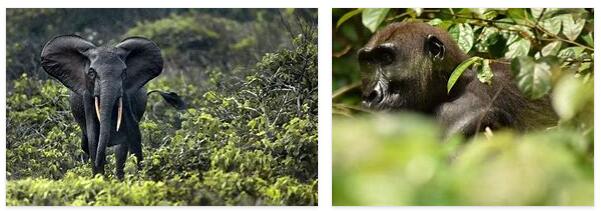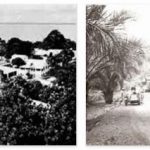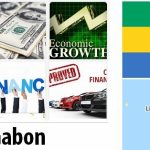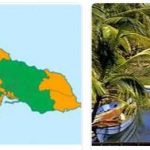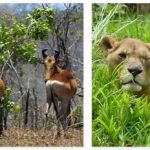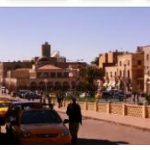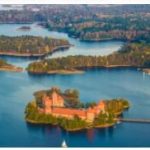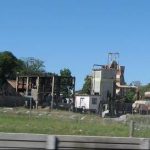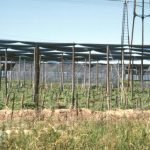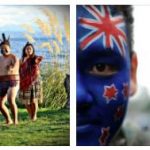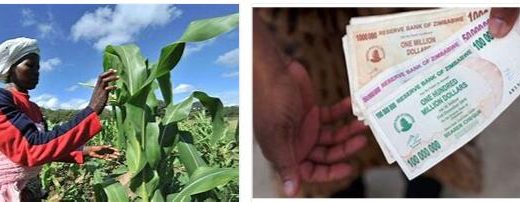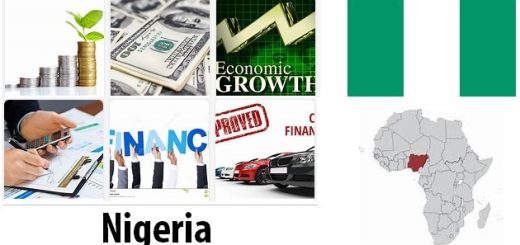Gabon Overview
What is life like in Gabon?
Imagine living in Gabon! It would be warm all year round. You wouldn’t own a winter jacket and thick boots. You would probably have several siblings, because every woman in Gabon has four children on average.
Almost every day you would eat cassava, rice, and plantains. You would be used to eating spicy too! There is also often fruit, because tropical fruits such as pineapples, mangoes and guavas grow here in abundance.
What would you be called Typical boy names are Eric, Raphael, Mouhammed or Derick. Girls are often called Marlene, Oceane, Leslie, Marie or Erica.
You would very likely speak at least two languages, at the latest from school. At home, most Gabonese speak the language of their people, one of many Bantu languages such as Fang or Punu. However, the official language in the country is French and French is also used in schools.
Incidentally, many houses have no running water, not even in the capital Libreville. Then you have to go out with a canister to fetch water from a well. This is mostly done by the children, and so you see a lot of children running through the streets with canisters. It can also happen that sometimes there is no water at all or that the power goes out.
Animals and Plants
The nature in Gabon
Gabon is a very hot and humid country. It rains a lot and the humidity is high. This is ideal for tropical rainforest growth. It actually covers most of the country.
On the other hand, mangroves grow on the Atlantic coast. Mangrove trees and shrubs can also thrive in salty water. Fish, crabs and shrimps cavort between the roots, birds, mammals and reptiles live in the branches further up.
In the southeast it is drier. There are savannas here: grasslands with only a few trees.
Which animals live in Gabon?
Tropical rainforest is very species-rich. Different animals live on the different levels of the forest. This also includes several species of monkeys. Blue-mouthed monkeys only live in western central Africa, that is, in Gabon and its neighboring countries. Chimpanzees, mandrills and gorillas are other monkey inhabitants of Gabon. A quarter of all African gorillas live in Gabon!
The large mammals in Gabon include forest elephants, forest buffalo and hippopotamus. The bongo is one of the largest species of antelope. He also lives in the rainforest. It has ten to 16 narrow, white stripes on its brown fur. The females also wear horns with him. In Gabon, the bongo occurs in the northeast.
Brush ear pigs, however, live all over the country. The Sitatunga antelope likes swampy terrain. She has to be careful of the predators. In Gabon there are leopards, golden cats, jackals, mongooses, gorse cats and civets. By the way, in 1996 the last lion was shot in Gabon.
Among the more than 600 species of birds that have been spotted in Gabon, there are some that are unique to Central Africa. These include the Gabon bush warbler, the Gabon flycatcher, the African swallow and the black-chin weaver. The Buntkopf Felshüpfer and the Loangoweber are endangered in their population.
Since Gabon is located on the Atlantic, many sea birds cavort here. There are, for example, gannets, petrels, pelicans and cormorants. For more articles on Gabon and Africa, please visit physicscat.
Manatees, whales and sea turtles frolic in the water. The leatherback turtle in particular also lays its eggs on Gabon’s beaches.
Economy
Gabon’s treasure: oil
In the early 1970s, petroleum was discovered off the coast of Gabon. It brought the country high economic growth and one of the highest per capita incomes in sub-Saharan Africa. But unfortunately there are only a few people who get rich from oil. Many residents are still poor. Eight percent live below the international poverty line. The President of Gabon, Ali Bongo, on the other hand, is considered one of the richest people in the world.
Before the discovery of oil, wood and manganese were the most important export products. Today, however, they still play an important role after oil. When it comes to wood, the precious wood okoumé (also known as Gabon mahogany) occupies an outstanding position: 90 percent of the wood exported is okoumé. Uranium, iron ore and gold are also mined in Gabon.
Coffee and cocoa for export
Agriculture is mainly used for personal consumption. But coffee, cocoa, rubber and palm oil are exported. Most of the sugar cane stays in their own country. Cassava, sweet potatoes, plantains and yams are grown for personal use. Chickens, pigs, sheep, goats and cattle are kept.
Agriculture only generates around 5 percent for the country, while industry generates around 45 percent. Most of the factories are in and around Libreville and Port-Gentil. Primarily crude oil and wood are processed, and clothing, ships, cement and chemicals are also manufactured.
